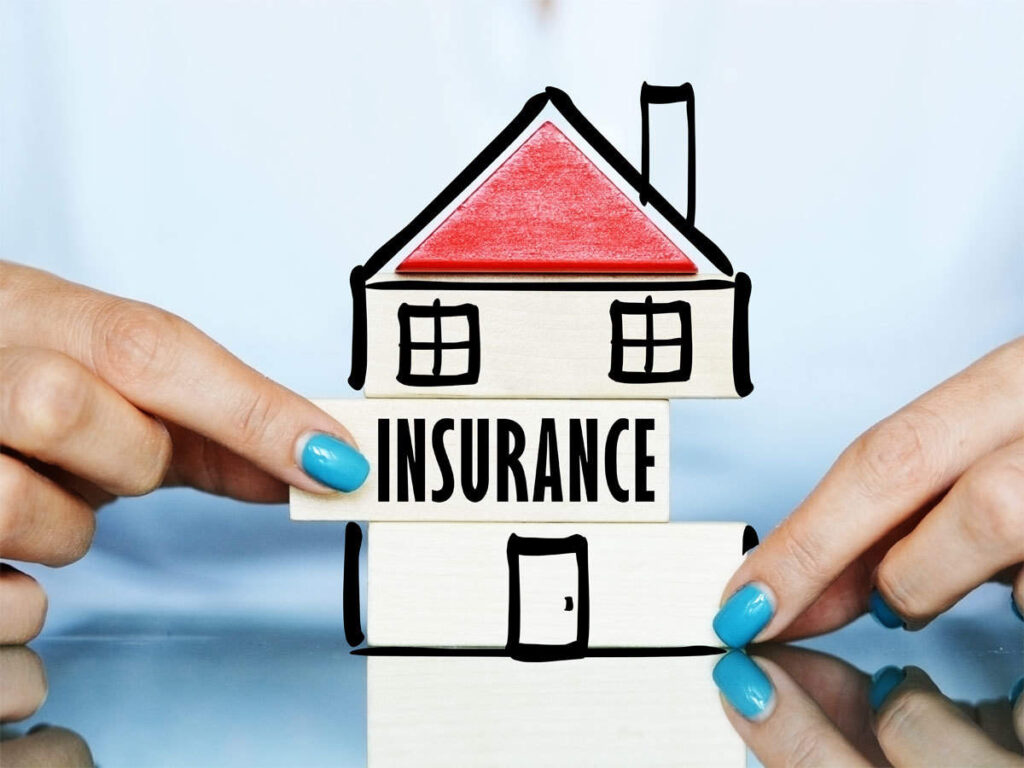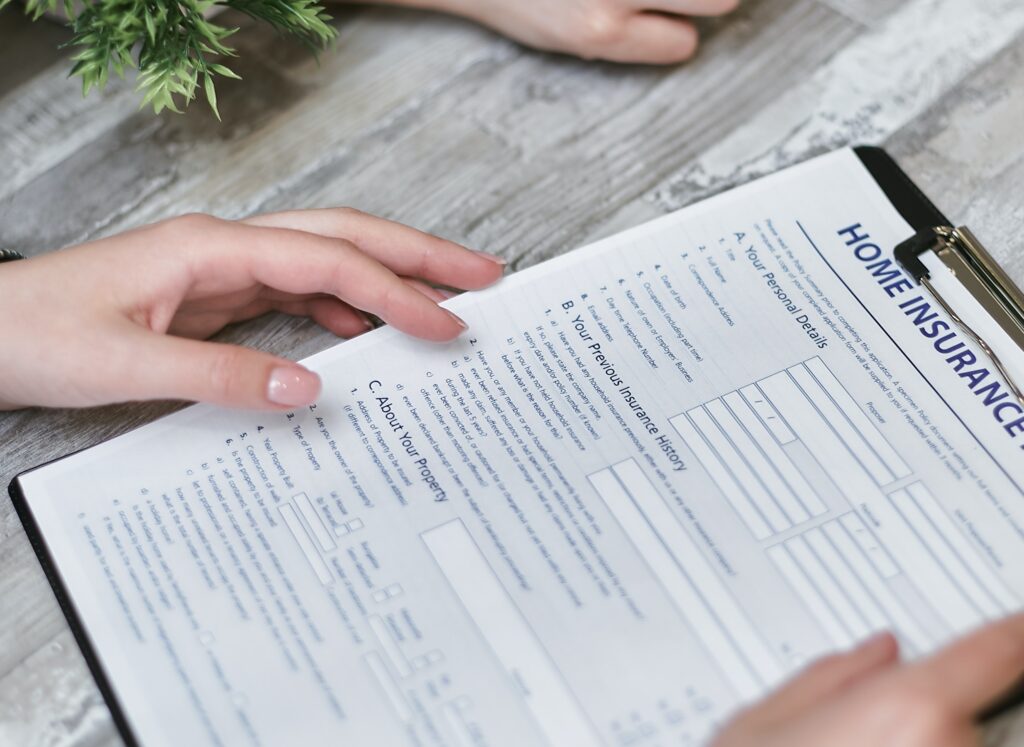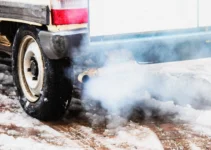You wouldn’t pick a partner without knowing what your needs are and what you expect from him or her. The same goes for choosing the right homeowners insurance company. But do you even need homeowners insurance? Regardless of whether you own a home or condo or are a renter, the answer is yes.
We’ll go over the reasons you need homeowners insurance, explain the eight different types of policies, and give you tips on sorting out the best and worst homeowners insurance companies.
Why do you need homeowners insurance?

Source: homeinsuranceagency.com
Insurance protects the things you value. You insure your home, automobile, and even your life. For the accidents and emergencies that happen in life, insurance is there to provide financial assistance and security.
A top reason why people get homeowners insurance is that the financial institution that loaned the funds to purchase the house requires it as a condition of the loan. The house is collateral for the loan, so it’s in the lender’s interest to make sure the value is covered in the event of damage or destruction so the loan can be paid back.
There are several other important reasons to have homeowners insurance, and all of them have to do with what it covers.
Dwelling
Ask anyone who’s had catastrophic damage to their home from a hurricane, fire or natural disaster or a sudden and unexpected occurrence like a burst pipe where you need to call a plumber. Having homeowners insurance was essential to cover the major home repair and restoration costs.
But you don’t have to be hit by a natural disaster to appreciate homeowners insurance. It also comes in handy for minor accidents, like when the neighbor’s kid hits a ball through your front window.
Insurers make a distinction between the dwelling and the land it’s on. A basic definition of “dwelling” is the physical structure of a home, meaning the walls, floors, windows, doors, and roof. A single policy can cover multiple dwellings on the same land — for instance, a house and a garage or barn.
Personal Property

Source: insuremyhouse.ie
Homeowners insurance also covers personal property inside the dwelling. Personal property coverage pays to repair or replace furniture, furnishings, and other personal belongings if they are stolen or damaged by a covered event.
There are two things to keep in mind regarding personal property coverage.
First, personal property coverage is normally calculated as a percentage of your dwelling coverage, anywhere between 20% and 50%. For example, if personal property coverage is 40% of the dwelling coverage, then a homeowners policy on a $500,000 home would provide $200,000 of personal property coverage.
Second, high-value items like jewelry or artwork may have coverage sublimits — a cap on the claim payout, regardless of the property value. That said, you can increase the coverage by purchasing an endorsement to the policy.
If you feel the personal property coverage or limits are too low, make sure you talk with your broker about adjusting it. Keep in mind that any adjustments to coverage, limits, or your deductible are likely to affect your premiums.
Personal Liability
Some people don’t realize that homeowners insurance includes liability coverage. Many standard policies include up to $100,000 in personal liability coverage. Limits can be increased to a higher rate, or umbrella coverage could be purchased in some cases.
Personal liability policies cover third-party claims against the homeowner for bodily injury or property damage. If your porch collapsed and injured someone, your homeowners policy would cover your liability related to the injury. There are policy maximums for the amount of damages the insurance company will be responsible for, but legal fees and costs would also be covered by the insurer.
Additional Living Expenses
In some cases, the damage is so extensive that it makes the home inhabitable. Additional living expense (ALE) or loss of use coverage pays the costs of temporary housing such as a hotel or short-term rental. It can also cover other living expenses like food and, in some cases, clothing expenses.
ALE claims can be paid in a one-time lump sum payment or for a specified time period such as six months.
Medical Payments
Some accidents are nobody’s fault, like slipping on a rug. Medical payments coverage provides a small amount, between $1,000 and $5,000, to pay the medical bills of anyone injured in your home. It’s not much, but it’s still nice to know you have it.
What’s the difference between homeowners and renters insurance?
There really is no difference between homeowners insurance and renters insurance, except that a renters policy won’t cover the dwelling because it’s rented, not owned, by the policyholder. Renters should look for the same coverage for personal property, personal liability, ALE, and medical payments.
If you’re a landlord, you’ll need special landlord insurance, known as rental property insurance. Rental property insurance covers damage to the dwelling and its structural elements. It also covers the landlord’s personal property used to service the dwelling such as tools and maintenance equipment, lawn mowers, snowblowers, and leaf blowers.
Because landlords are small business owners, landlord insurance offers extended coverage. For example, rental property insurance has a more comprehensive loss of use coverage. It not only covers the costs of temporary housing for the tenant, but it can also cover loss of rental income.

Source: insurify.com
How do you choose the right homeowners insurance company?
There are lots of things to consider when getting property insurance.
The key to choosing the right policy is assessing your needs and then matching them to the right type of coverage. Here are the different types of homeowners policies that exist.
The cheapest types of homeowners insurance are basic form HO1 and broad form HO2 policies. HO1 and HO2 are called “named perils policies” because they quite literally name the limited hazards, or perils, that are covered. HO1 and HO2 hazard insurance typically includes fire, hail, theft, and vandalism, among other events.
The most common type of homeowners insurance is the special form HO3 policy. HO3 policies are called “open peril policies.” It’s the opposite of named perils policies because it lists what is excluded, and every other peril is included. Although HO3 policies offer more protection than named perils policies, it still does not cover damage from floods, earthquakes, pests, and mold.
Floods, earthquakes, and those kinds of perils are only covered by comprehensive form HO5 policies. Another benefit to HO5 policies is that they pay the replacement cost for destroyed property, whereas HO3 coverage will only reimburse the actual value. You may be able to include uncovered renovation costs in your mortgage if you only have HO3 coverage.
Because a comprehensive form policy provides the broadest coverage, it’s the most expensive type of homeowner’s insurance.
There are also policies for renters (tenant’s form HO4), condominiums owners (condo form HO6), mobile and manufactured homes (mobile home form HO7), and historic and landmark homes (older home HO8).
Now that you know about the different types of homeowners insurance available, the only thing left to do is research the best and worst homeowners insurance companies. Don’t just focus on comparing rates. Also, look for how they rank in terms of claims services and customer satisfaction. With this information, you’ll be able to pick the right policy for you.



